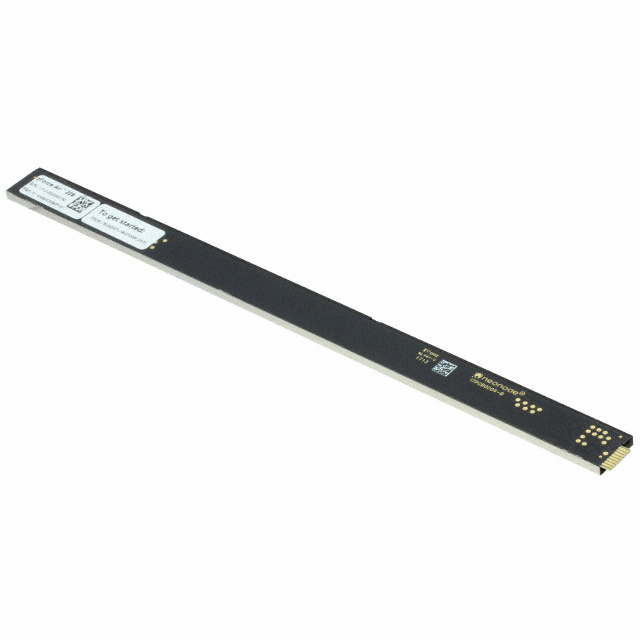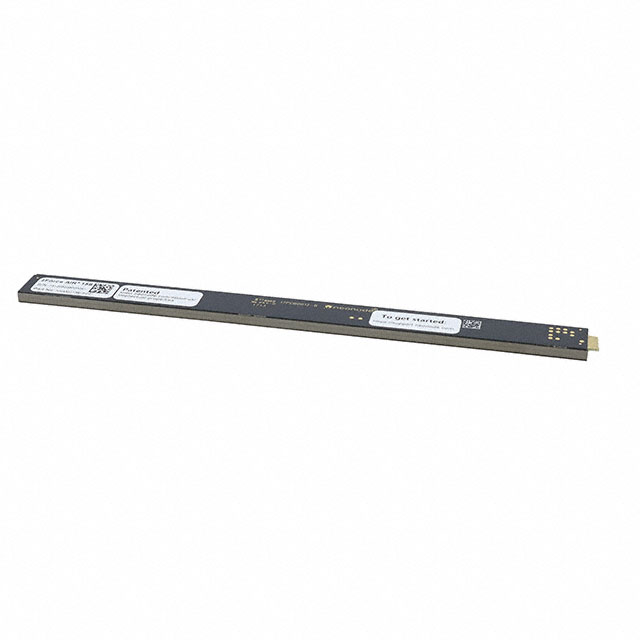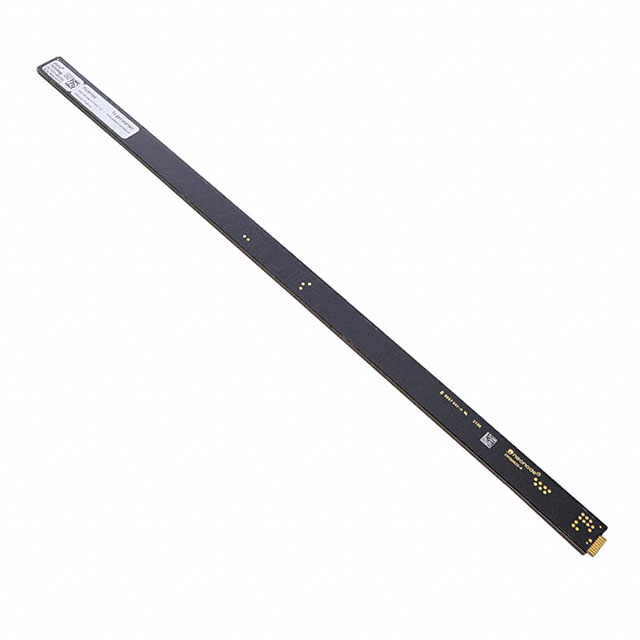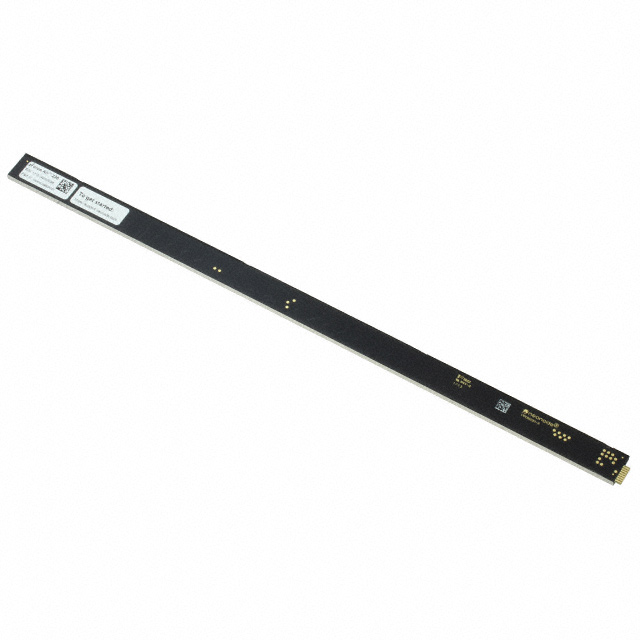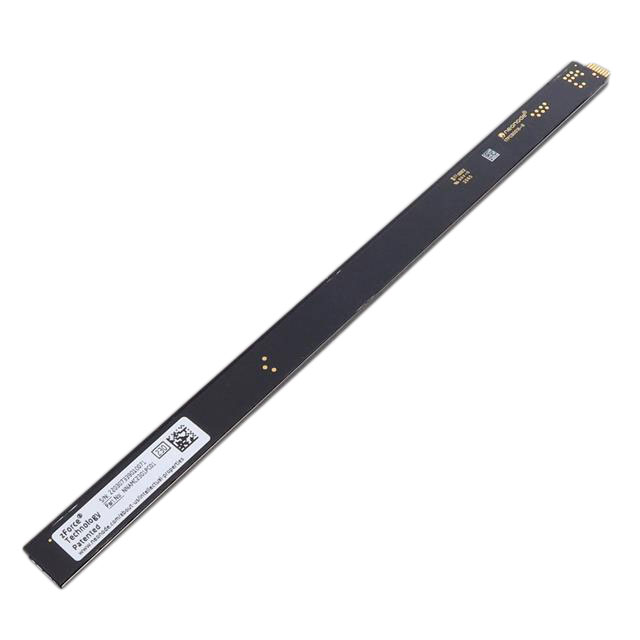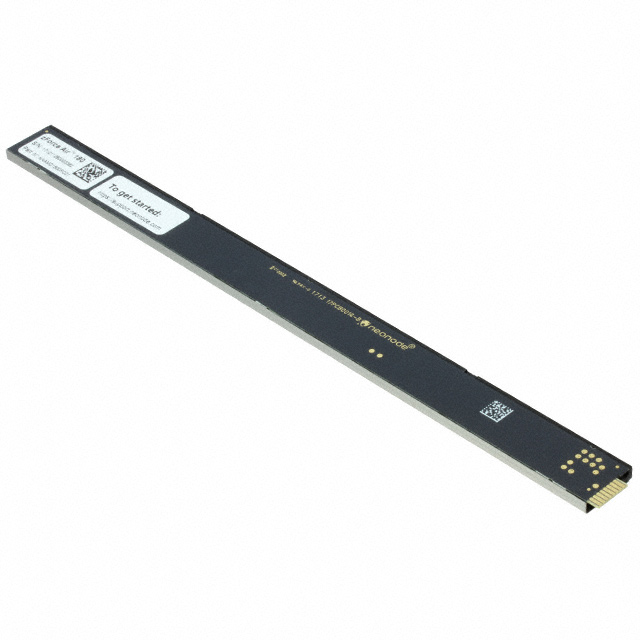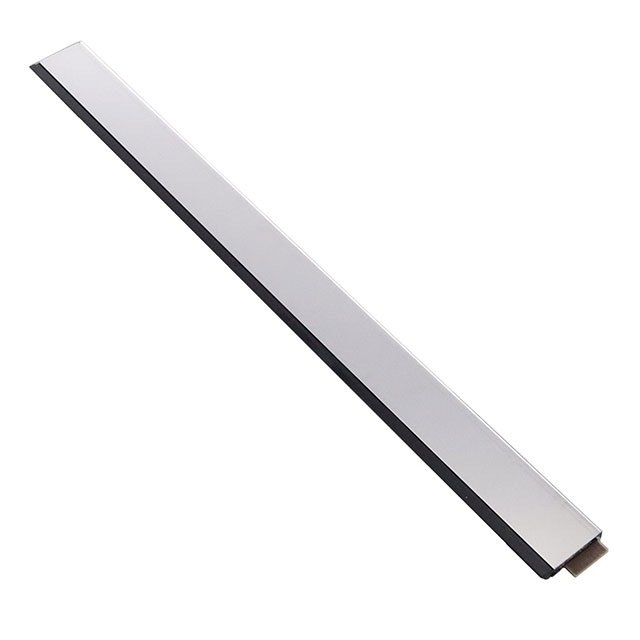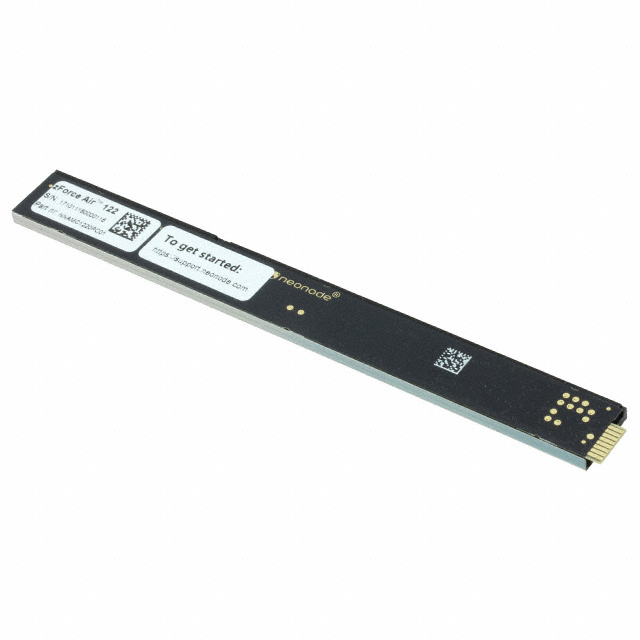Categories
- Touch Sensors(18)
- 1
Introduction to Touch Sensors
One of the key components in many everyday electronic devices is the touch sensor. This type of equipment detects and registers physical touch on a device or object. Touch sensors are essential for devices we frequently use, such as smartphones, laptops, and various interactive gadgets. Over the years, touch sensor technology has advanced significantly, enabling us to interact with our devices more easily and conveniently.
Touch sensors are electronic components capable of detecting touch or proximity gestures. They are widely used in consumer electronics, industrial equipment, medical instruments, and automotive systems for user interface interaction, data input, or control functions. Touch sensors can be capacitive, resistive, or based on other technologies, each with its specific applications and advantages.
Working Principle of Touch Sensors
The foundation of touch sensor technology lies in its ability to detect the presence or movement of a touch or nearby object. These sensors operate based on various principles, including capacitance, resistance, optical detection, and acoustic waves.
- Resistive: Resistive touch sensors work by registering pressure applied to the sensor’s surface, which results in a change in resistance that the system measures. This technology is often used in applications requiring precise and multi-touch capabilities.
- Capacitive: Capacitive sensors detect touch by measuring changes in electrical capacitance that occur when a conductive object, such as a human finger, comes close. These sensors are commonly found in smartphones and tablets.
- Optical: Optical sensors detect changes in light intensity. An arrangement of infrared light-emitting diodes (LEDs) and photosensors around the edges of the display can identify interruptions in light when the screen is touched.
- Acoustic: Acoustic wave systems employ ultrasonic waves that travel across the panel. When the panel is touched, part of the wave is absorbed, allowing the controller to determine the touch location for processing.
Types of Touch Sensors
Touch sensors come in various forms, each with its own functionality and applications. The most common types are capacitive and resistive touch sensors, but others include infrared touch sensors and surface acoustic wave sensors.
- Capacitive Touch Sensors: These can be either surface capacitive sensors or projected capacitive sensors, with the latter offering multi-touch capabilities.
- Resistive Touch Sensors: These consist of a glass panel coated with conductive and resistive metallic layers, separated by spacers, and topped with a scratch-resistant layer.
- Touch sensors have significantly changed how we interact with electronic devices, making them more intuitive and user-friendly. In the next section of this article, we will explore the specific applications of touch sensors, their advantages, and future trends in touch sensor technology.








